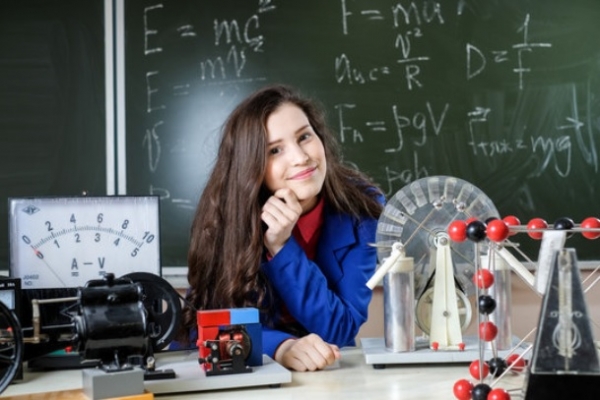
Deprecated: Function utf8_encode() is deprecated in /home2/equiters/public_html/article-detail.php on line 129
Apparatuses that you generally notice inside physics laboratories differ based on the focus of research. The equipment in these labs can range from simple balances to lasers. Some laboratories even possess specialized semiconductor devices. Computational analysis is currently crucial to physics research. Naturally, if youâre planning to build a well-equipped lab, then youâll need to purchase them. Every instrument inside one such lab aids in determining calibration, measurement, precision, and physical property variations.
1. General equipment: Physics Lab Equipments Manufacturers can supply you with the most fundamental instruments, such as desks, fume hoods, benches, tables, and gas, water, and vacuum lines. Safety equipment incorporates gloves, eyewash stations, and goggles.
2. Analysis equipment: When it comes to analysis instruments, physics laboratories need various types of them. They require impedance analyzers, particle analyzers, semiconductor parameter analyzers, capacitance-voltage analyzers, optical multichannel analyzers, spectrum analyzers, X-ray diffractometers, and more.
3. Atomic equipment: If you have to build an atomic physics laboratory, then youâll need entirely different kinds of apparatuses. Some of the instruments that you require include RF optical pumping, saturation absorption spectroscopy, pulsed NMR, etc.
4. Computing equipment: As already mentioned earlier, the physics laboratories of today rely heavily on powerful computing equipment. Additionally, computational devices require software solutions to run. Understandably, youâre going to have to procure them as well.
5. Electrical equipment: The best Physics Lab Equipments Suppliers can provide you with instruments that you need to carry out electrical work. Apart from CV analyzers, youâll need variable transformers, piezoelectric actuators, lock-in amplifiers, etc. Specific electrical apparatuses, such as the variac, require unique rubber gloves that will protect the user from getting electrocuted.
Heating equipment
Physics laboratories may or may not need heat sources for specific experiments, particularly for studying thermodynamics. A hot plate is the simplest and most widely used heating element. Apart from that, thereâs the electric furnace and gas furnace. Vacuum furnaces also exist, but they only help you dry reagents. Those who use them should use safety gloves and tongs to avoid hurting themselves.

